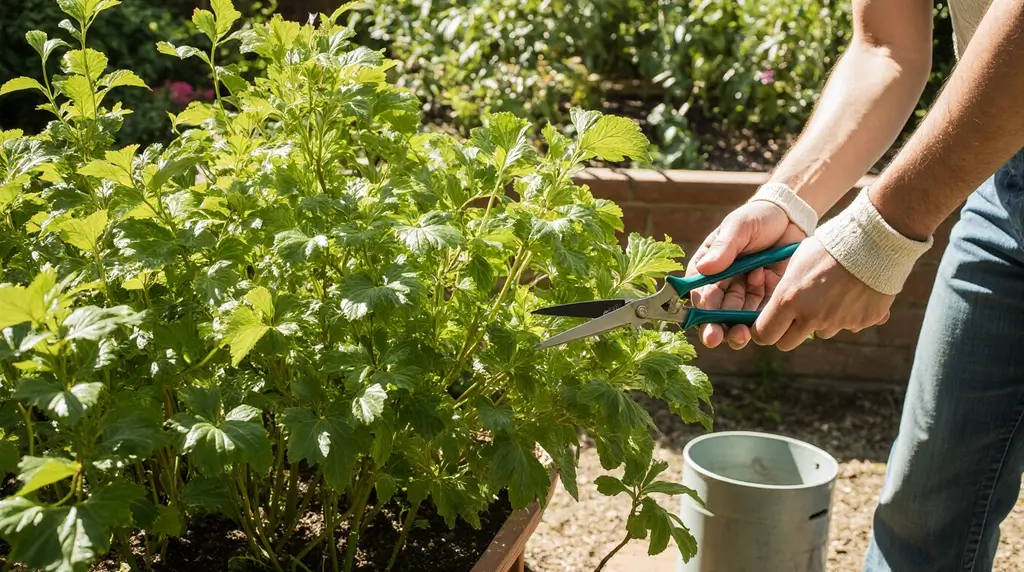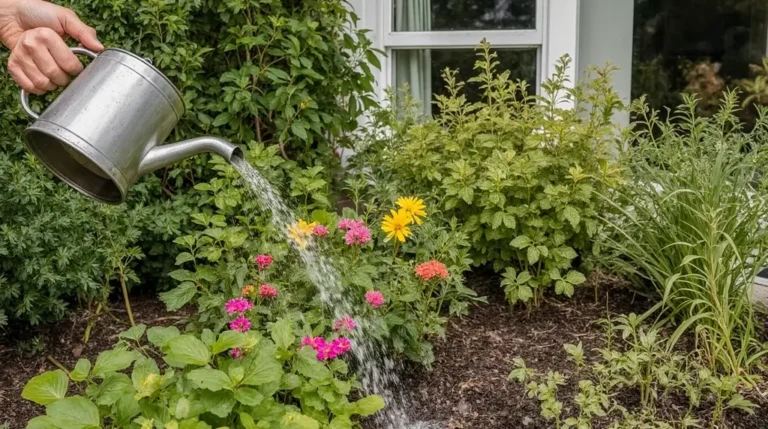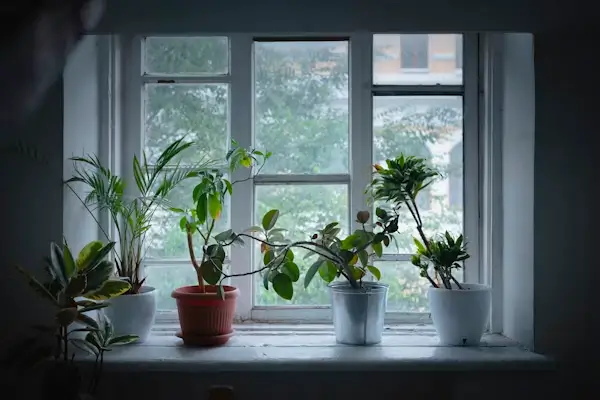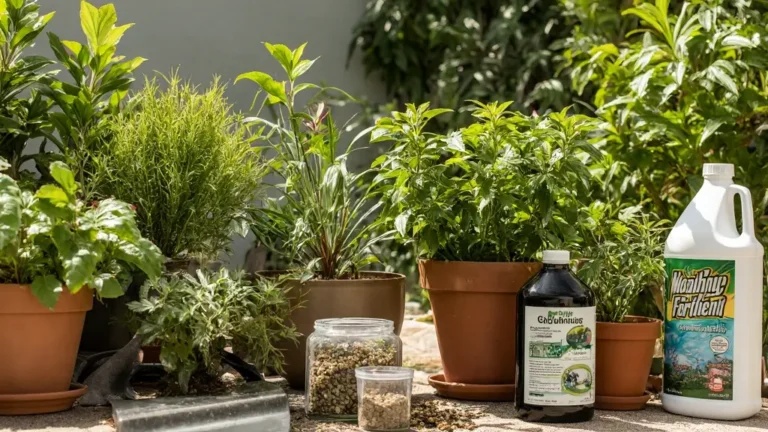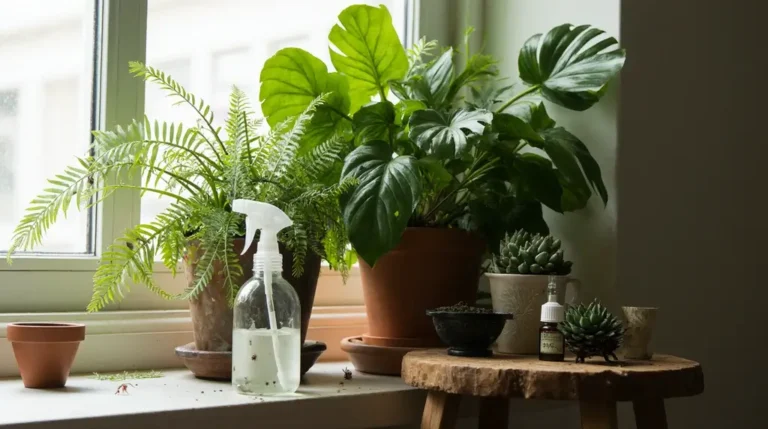pruning plants guide: How and When to Prune Your Plants easy
Table of Contents
Introduction
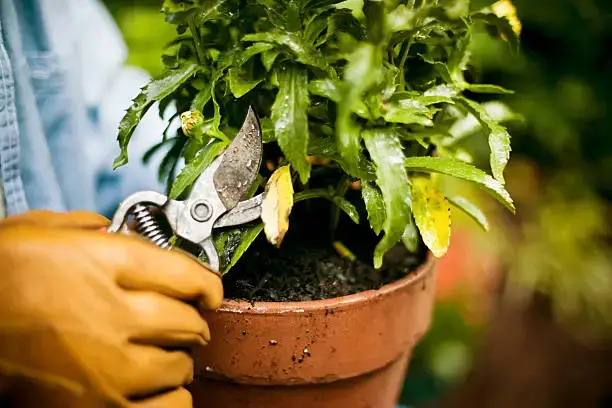
Okay, let’s be honest here. We’ve all been there – standing in our garden with a pair of scissors, staring at a plant like it’s some kind of puzzle we’re supposed to solve. Should I cut here? What if I kill it? Will my neighbor judge my wonky-looking shrub? Looking to take your plant care to the next level? Check out our handy product that makes maintaining healthy, thriving plants easier than ever. get more info about How to Save Dying House Plants;
Look, pruning plants really doesn’t have to be this scary thing that keeps you up at night. I promise! Once you get the hang of it, it’s actually pretty satisfying – kind of like giving your plants a really good haircut (and trust me, they’ll thank you for it). This plant pruning guide is gonna walk you through everything you need to know, so you can stop second-guessing yourself and start enjoying your garden.
Think about it this way: you wouldn’t go years without a haircut, right? (Well, maybe during 2020, but that’s a whole other story.) Your plants are the same way – they need regular trims to look their best and stay healthy. Whether you’re dealing with roses that have gone a bit wild, shrubs that are taking over your walkway, or fruit trees that seem determined to become jungle gyms, these pruning tips will help you tackle your garden maintenance like a pro.
Why Your Plants Actually Want You to Prune Them
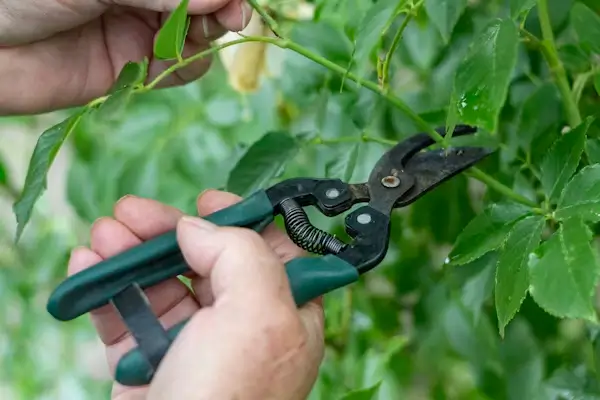
Here’s the thing that blew my mind when I first started gardening: plants actually LIKE being pruned. pruning tips I know, it sounds weird, but hear me out.
Getting Rid of the Bad Stuff You know how you feel after cleaning out that junk drawer? Plants get that same satisfaction when you remove their dead, diseased, or damaged bits. Those gross-looking branches aren’t just ugly – they’re actually party central for bugs and diseases that can spread to the healthy parts. By snipping them off, you’re basically giving your plant a fresh start. It’s like plant therapy!
Making Them Grow Like Crazy This is where it gets really cool. When you cut a plant in the right spot, it’s like hitting a reset button that makes it go “Oh, time to get busy!” The plant redirects all its energy to the remaining healthy branches, and boom – you get more flowers, bigger fruit, or just a generally happier-looking plant. I’ve seen roses go from sad and scraggly to absolutely stunning just from a good pruning session.
Letting Them Breathe Ever been in a crowded room where you can barely move? That’s what happens to plants when they get all tangled up with their own branches. Pruning opens things up so air can flow through and sunlight can actually reach all parts of the plant. It’s like giving your plant some personal space – everyone’s happier that way.
Making Them Look Good Let’s not pretend we don’t care about curb appeal. A well-pruned garden just looks more put-together, like you actually know what you’re doing (even if you’re still figuring it out). Plus, you get to play plant sculptor, which is honestly pretty fun once you get into it.
The Tool Situation (Don’t Go Crazy at the Garden Center)
Okay, before you go nuts buying every gardening gadget you see, let me save you some money and storage space. You really only need a few good tools to get started.
Hand Pruners – Your New Best Friend These little guys are perfect for most of what you’ll be doing. Get the bypass kind (they work like scissors) rather than the anvil type (which kinda crush things). Trust me on this one – your plants will thank you for cleaner cuts. I learned this the hard way after wondering why my rose stems kept getting all brown and gross.
Loppers for the Bigger Stuff When your hand pruners start struggling, it’s lopper time. These are basically giant scissors with long handles – perfect for reaching into the middle of shrubs without getting scratched to death. Your arms will thank you too.
A Good Pruning Saw For anything thicker than your thumb, you’ll need a saw. Get one designed for pruning – they’re curved and cut on the pull stroke, which makes everything way easier. Regular saws just make you sweaty and frustrated.
Hedge Shears (If You’re Into That) Only get these if you actually have hedges or want to do that formal, geometric look. They’re great for mass trimming but terrible for detailed work. I made the mistake of trying to prune my roses with hedge shears once. Let’s just say it didn’t end well.
Keep ‘Em Clean! Here’s something I wish someone had told me earlier: clean your tools between plants, especially if you’re dealing with anything that looks sick. A quick wipe with rubbing alcohol prevents you from accidentally spreading plant diseases around your garden. It’s like washing your hands, but for gardening.
Different Plants, Different Rules (Because Life Isn’t Simple)
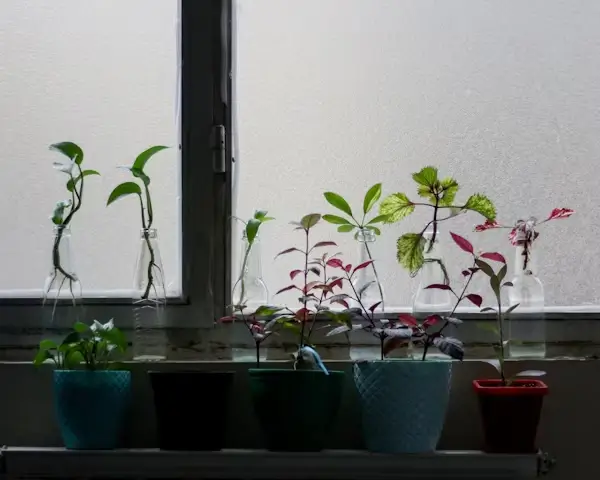
This is where things get a bit more interesting. Not all plants are created equal, and they definitely don’t all want to be pruned the same way. Don’t worry though – once you understand the basic categories, it all starts to make sense.
The Flowering Plant Drama
Spring Bloomers (The Early Birds) Plants like lilacs, azaleas, and forsythia bloom on last year’s wood, which means they’ve already set their flower buds for next year by summer. So if you prune them in fall or winter, you’re basically canceling next spring’s flower show. Prune these right after they finish blooming – they’ll have all summer to get ready for next year’s performance.
Summer and Fall Show-offs Roses, butterfly bushes, and crape myrtles bloom on new wood (this year’s growth), so they’re way more forgiving. You can hack away at these in late winter or early spring, and they’ll just come back stronger and more flowery. It’s pretty satisfying, actually.
The Deadheading Game This just means cutting off spent flowers, and it’s one of those things that makes you feel like you’re really gardening. Most plants will keep blooming if you keep deadheading – it’s like telling them “Hey, keep the party going!”
Shrubs (The Backbone of Your Garden)
When Shrubs Get Out of Hand Got an overgrown monster that’s eating your walkway? You can actually cut about a third of the oldest, woodiest branches each year for three years straight. It sounds drastic, but it works like magic. The shrub gradually transforms from jungle beast to garden superstar.
The Two Types of Cuts You Need to Know Thinning cuts take whole branches back to where they started – this opens things up. Heading cuts just shorten branches, which makes plants bushier. Most shrubs like a mix of both. It’s not rocket science, but it feels pretty professional once you get the hang of it.
Fruit Trees (Where Things Get Serious)
Baby Trees Need Training Young fruit trees are like teenagers – they need some guidance to turn out right. Focus on creating a strong main trunk with well-spaced side branches. Think of it as building a good foundation for future fruit parties.
Annual Maintenance (The Yearly Ritual) Every year, you’ll want to remove the water shoots (those straight-up branches that look like they’re reaching for the sky), suckers from the base, and any branches that are crossing or rubbing against each other. It’s like annual plant housekeeping.
Timing Is Everything (Seriously, Don’t Wing This Part)
I used to just prune whenever I felt like it, which explains why my spring flowers kept disappearing. Turns out, timing actually matters quite a bit.
Late Winter (February-March) – The Big Season
This is pruning prime time! Most plants are sleeping, so you can see what you’re doing, and they’ll heal up quickly when spring hits. Summer bloomers, fruit trees, and most shrubs get their big haircuts now. It’s cold, but it’s worth bundling up for.
Early Spring (March-April) – Cleanup Time
Finish up any dormant season work and deal with winter damage. This is also when you can lightly shape evergreens without making them look like someone took a weedwhacker to them.
Late Spring (May-June) – The Flower Brigade
Time to prune all those spring bloomers right after their show ends. Also perfect for deadheading bulbs and starting to pinch things like mums to make them bushier. The weather’s nice, which makes this way more pleasant than winter pruning.
Summer (July-August) – Maintenance Mode
Keep up with deadheading, remove any water shoots or suckers, and trim hedges. Just don’t go crazy – you want plants to have time to recover before fall.
Fall (September-November) – Hands Off!
This is when you resist the urge to tidy everything up. Major pruning now can stimulate new growth that won’t survive winter. Just remove obviously dead or diseased stuff and call it good.
Don’t Be Like Me – Avoid These Rookie Mistakes
I’ve made pretty much every pruning mistake in the book, so let me save you some heartache (and dead plants).
Going Overboard (The 25% Rule) Never cut more than a quarter of a plant at once, unless you’re doing one of those three-year renovation projects. I once got carried away with a butterfly bush and basically gave it a buzz cut. It survived, but it looked angry for a whole season.
Tree Topping (Just Don’t) If anyone suggests cutting your tree tops back to stubs, run away. This is like giving a tree a horrible flat-top haircut – it ruins the shape and often kills the tree. I’ve seen too many beautiful trees turned into sad, stubby things this way.
Bad Timing Strikes Again Pruning at the wrong time is like showing up to a party on the wrong day – awkward and disappointing. I learned this lesson when I pruned my lilac in fall and got exactly zero flowers the next spring. Do your homework first!
Cutting in the Wrong Spots Cut too close to a bud and you’ll damage it. Cut too far away and you get ugly stubs that invite problems. The sweet spot is about a quarter-inch above the bud, angled slightly away from it. It takes practice, but you’ll get the hang of it.
Getting Fancy (Once You’re Feeling Confident)
After you’ve mastered the basics, there are some cool tricks you can try.
Reading Your Plants Start paying attention to how your plants respond to your cuts. Lots of new shoots means they’re happy. Weak response might mean bad timing or a stressed plant. It’s like learning to speak plant language.
Creating Garden Art You can actually prune to show off cool bark, frame views, or create interesting shapes. This is where pruning becomes art instead of just maintenance. It’s pretty satisfying when you pull it off.
The Succession Trick Try pruning different parts of the same plant at different times for extended blooms. Works great with things like bee balm – you get waves of flowers instead of one big show.
Just Start Already!
Look, the best way to learn pruning is to actually do it. Start with plants you’re not super attached to (we all have those scraggly shrubs we inherited with the house). Keep notes about what you did and when – it’s amazing how much you forget from year to year.
Plants are tougher than you think. Most of them can bounce back from less-than-perfect pruning, and you’ll get better with practice. The worst thing you can do is nothing at all – neglected plants always look worse than slightly wonky pruned ones.
Wrapping This Up
Pruning plants really should be as normal as mowing your lawn or washing your car. It’s just part of keeping your garden maintenance game strong. Don’t let it intimidate you – every master gardener started out making the same nervous cuts you’re about to make.
Take these pruning tips and start small. Pick one plant, do your research, and make those cuts. Your plants want to be pruned – they’re literally designed for it. And honestly? There’s something pretty zen about spending a morning in your garden, shaping and caring for your plants.
Your garden is waiting for some love, and now you’ve got this plant pruning guide to back you up. Get out there and start snipping! Your plants (and your neighbors) will definitely notice the difference. Plus, there’s nothing quite like stepping back after a good pruning session and thinking “Yeah, I did that.” It’s good for the plants and good for the soul.
pruning plants guide: How and When to Prune Your Plants easy
Okay, let’s be honest here. We’ve all been there – standing in our garden with a pair of scissors, staring at a plant like it’s some kind of puzzle we’re supposed to solve. Should I cut here? What if I kill it? Will my neighbor judge my wonky-looking shrub? Looking to take your plant care to the next level? Check out our handy product that makes maintaining healthy, thriving plants easier than ever. get more info about How to Save Dying House Plants;

